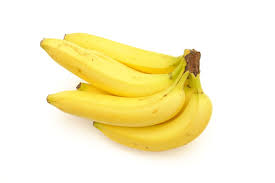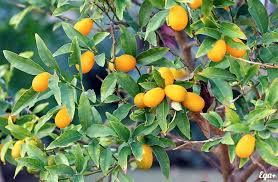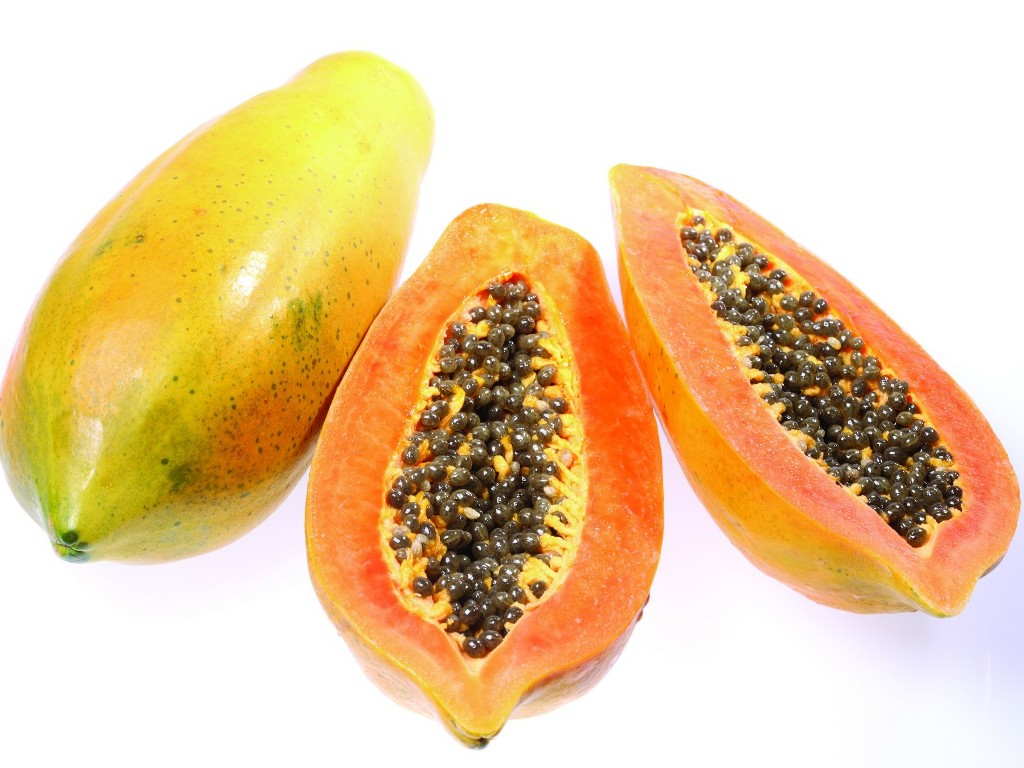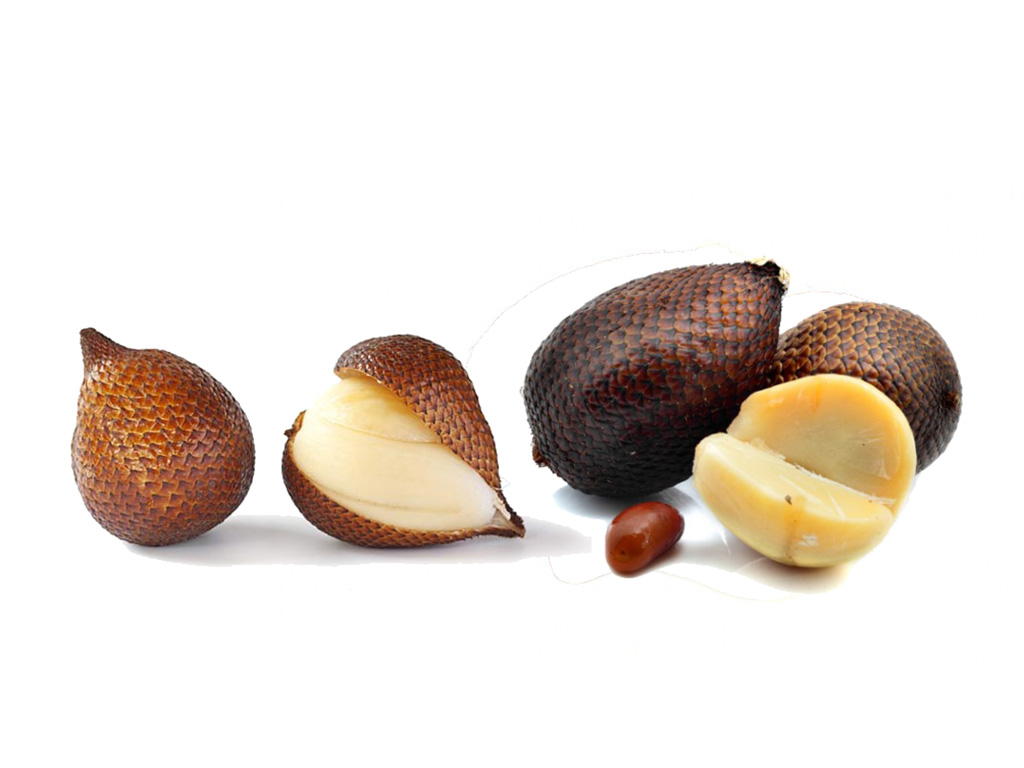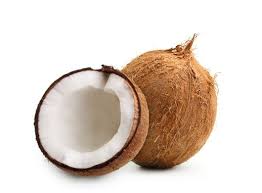Physalis
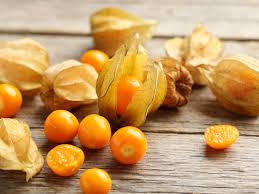 Small bright yellow with beige petals Physalis berry often serves as a decorative decoration of dishes in restaurants. It comes to Russia mainly from Central Asia and the Caucasus, but comes from South and Central America, from where it spread to Mexico, Guatemala, Colombia and so on. The taste of the fruit is very pleasant – strawberry-pineapple, but with pretty petals in the shape of a paper lantern, and you need to be careful with the whole plant. It is poisonous due to the high content of alkaloids.
Small bright yellow with beige petals Physalis berry often serves as a decorative decoration of dishes in restaurants. It comes to Russia mainly from Central Asia and the Caucasus, but comes from South and Central America, from where it spread to Mexico, Guatemala, Colombia and so on. The taste of the fruit is very pleasant – strawberry-pineapple, but with pretty petals in the shape of a paper lantern, and you need to be careful with the whole plant. It is poisonous due to the high content of alkaloids.
The berry is a close relative of the tomato and resembles a miniature tomato. There is a vegetable physalis, which has a rich use in cooking. However, the berry physalis, which we are talking about, is not inferior in popularity to it. Gardeners love exotic berries for their unpretentiousness in growing, care, a storehouse of vitamins and minerals.
Cultivated berries that are very healthy come to our tables. It is believed that the regular use of physalis protects against strokes, heart attacks, normalizing the functioning of blood vessels. It has a lot of potassium, magnesium and sodium. Beta-carotene resists the development of cataracts and glaucoma. Antioxidants inhibit the formation of tumors. A lot of vitamin K for healthy joints.
The berry is useful in diabetes, it is a good anti-inflammatory, wound healing, choleretic and diuretic. It softens the manifestations of PMS and menopause in women, maintain energy at the proper level. People with gastrointestinal problems, pregnant women and women during lactation should be careful with physalis.
